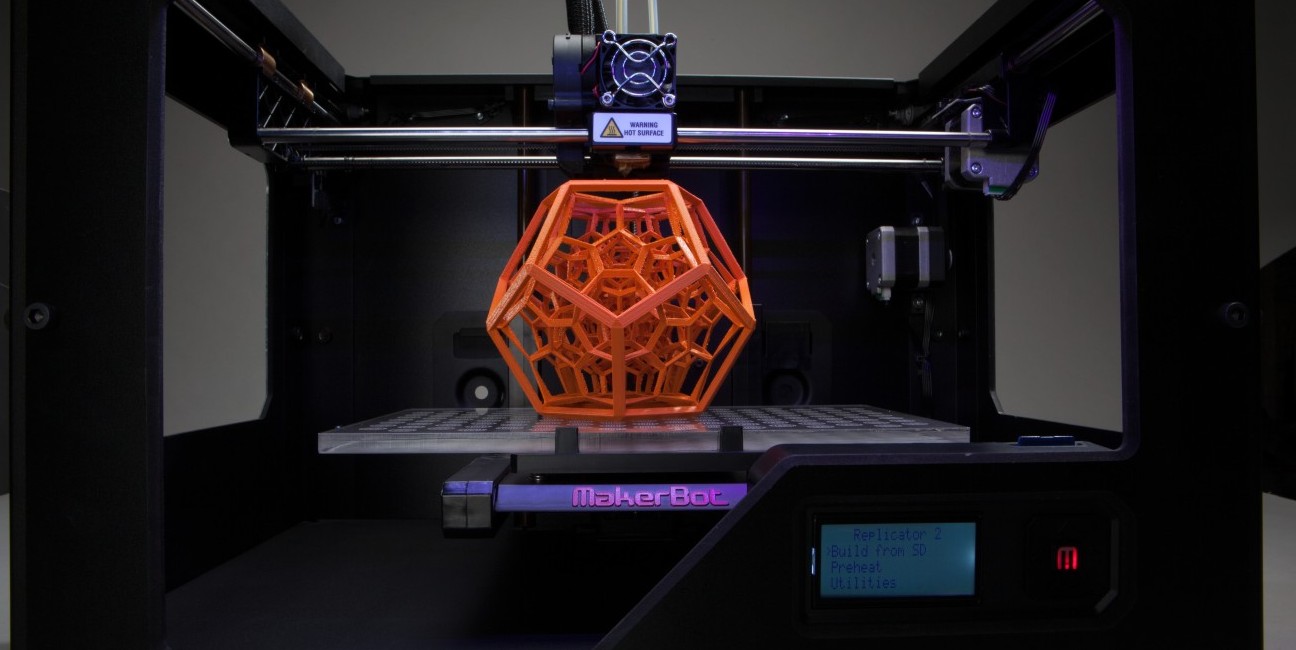3D PRINTERS BUILDING FACTORIES OF THE FUTURE
WHAT’S GOING ON
Beyond some of the extraordinary creations that 3D printers are making such as Dubai announcing the world’s first 3D printed skyscraper and a start-up in San Francisco printing a house in less than 24 hours, 3D printing is set to impact the manufacturing world as we know it.
Adidas has just introduced 3D printers to produce shoe soles in new highly automated factories in Germany and the US – a big move for the industry which has traditionally relied on low-cost labour in Asian markets.
Other very recent developments in 3D printing point to an industry that is about to experience some unprecedented growth:
- HP has entered the market with a range of 3D printers starting from $130K.
- According to consulting firm Wohlers, there are now 97 companies manufacturing high-end kits for 3D printing (systems priced from $5K to over $1million)
- GE has just invested $1.5bn in 3D printing. They have recently spent $50m on a factory to print fuel nozzles for the new LEAP jet engine. The new nozzles are said to be 25% lighter than older designs which save fuel and are 5 times more durable which reduces servicing costs.
- GKN Aerospace, a British firm has recently entered into a 5-year agreement with Oak Ridge Science & Technology National Laboratory to find new ways to print large structural aircraft parts in Titanium.
GROWTH MANTRA’S PREDICTION
- Unlike conventional factories that use a template to drive a production line of cutting, drilling and milling, 3D printing runs to a program which is easy to change. As a result highly personalised products will be possible without costly changes to production and productivity.
- We expect 3D printing will reduce the cost of production while increasing the personalisation and speed of output saving companies millions.
- This will also change the mix of professionals required – with more focus on design and science and less on operational skill.
- On the downside clearly, is the massive impact this new industrialisation will have on emerging economies who rely on labour intensive factory jobs.

